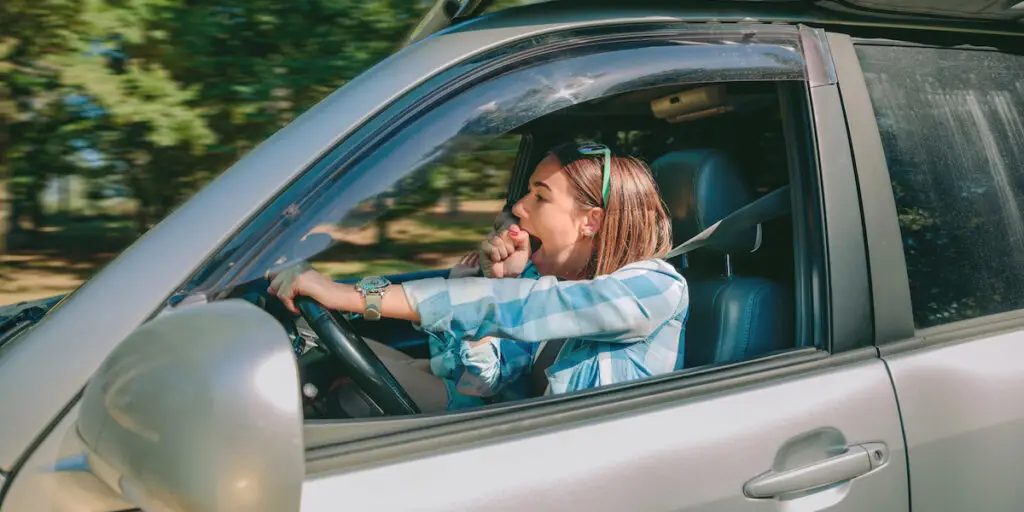*The following is excerpted from an online article posted on EurekAlert!
Researchers from Children’s Hospital of Philadelphia (CHOP) and the University of Pennsylvania School of Nursing (Penn Nursing) found that nearly half of adolescents who sought specialty care for a concussion were back to driving when asked approximately two weeks after the injury, even though few had returned to exercise and sports. The findings raise important concerns about the need for evidence-based guidance on safely returning to driving for adolescents with concussion. In the absence of standardized guidelines, providers should include driving as part of post-injury discussions with families.
The findings were published online today by the Journal of Adolescent Health.
Concussions affect cognition and oculomotor function and thus can impair abilities essential to safe driving such as visual scene assessment, processing environmental risks and executing complex tasks.
Data from the Minds Matter Concussion registry were collected on 332 drivers between the ages of 16 and 19 who had been diagnosed with a concussion within 28 days of injury and seen between January 31, 2018 and August 31, 2018 at CHOP’s specialty care concussion program. On average, they were seen 12 days post-injury. Patients answered questions about driving as part of an intake questionnaire, including whether they made changes to their post-injury driving behaviors as well as their return to school, exercise and sports behaviors.
Of these 332 drivers seeking specialty care for concussion, nearly half (47%) had already returned to driving since their injury. Of those who had returned to driving, three out of five reported no changes in their driving behavior. The remaining drivers made changes that reduced exposure to driving such as limiting the number of trips, limiting the distance of trips and avoiding driving at night.
Among those who had returned to driving since their injury, only 28% had returned to exercise, and only 11% had returned to playing an organized sport, while 79% had returned to school. Thus, families who are making school and sports accommodations for their teen’s injury may not be considering driving in similar light as a cognitively demanding and high-risk activity.
Source: EurekAlert!
https://www.eurekalert.org/pub_releases/2020-12/chop-nho121120.php



